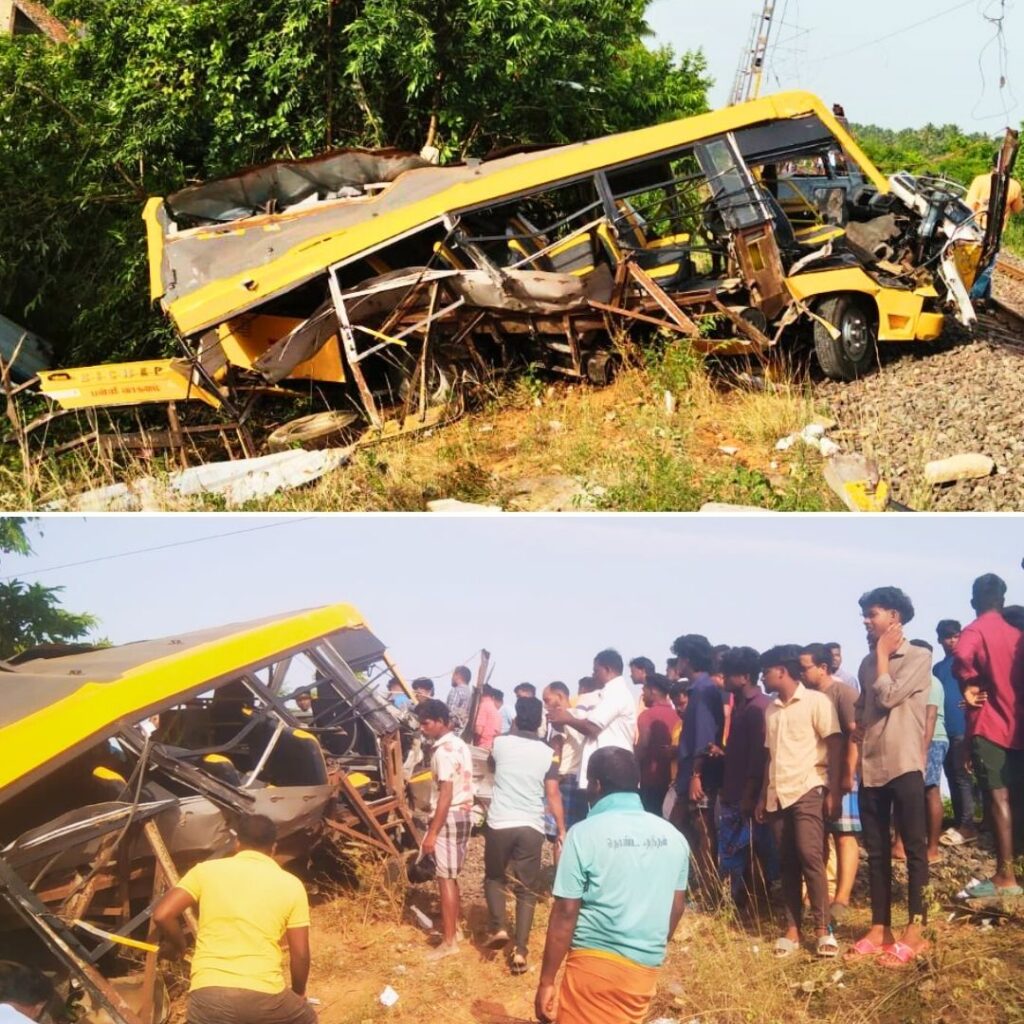Dr Soumya Swaminathan, Deputy Director General (programmes) of the World Health Organisation has said that India should introduce cervical cancer vaccines after the government decided to shelve it last week. Dr Soumya said that India is a fit case for the introduction of cervical cancer vaccine as almost more than 70,000 cases of cancer were reported from India every year.
Background
The financial-wing of the RSS, the Swadeshi Jagran Manch, has written against the inclusion of HPV (human papillomavirus) vaccines into Indiaâs Universal Immunization Program (UIP), and the health ministry has decided to do so.
The shocker came in after the National Technical Advisory Group on Immunization (NTAGI) recommended that the vaccine against HPV, which causes cervical cancer growth, be presented in India. Punjab and Delhi have started HPV immunisation for women.
History of the issue
After the NTAGI subcommittee decided to investigate HPV vaccine inclusion, the NTAGI talked about the issue in a meeting on December 19, 2017, yet did not conclude. As news rose about the subcommitteeâs suggestion, the RSS wing Swadeshi Jagran Manch kept in touch with the PM referring to security and cost concerns.
In its letter, SJM national co-convener Ashwani Mahajan stated, âIt is our concern that this programme will divert scarce resources from more worthwhile health initiatives diverting it to this vaccine of doubtful utility and that its adverse effects will erode confidence in the national immunisation programme and thereby expose children unnecessarily to the risk of more serious vaccine-preventable disease.â reports The Indian Express.
In India, at present, the vaccine is manufactured by two organisations, Gardasil and GlaxoSmithKline, and is regulated to a great extent in the private sector. It is given only if the doctor feels the need, or if the patient requests it.
The current issue
In India, concern has arisen primarily over the cost of the vaccine, given Indiaâs immense population. A single shot of Gardasil costs roughly Rs 3,000 and Cervarix, about Rs 2,000. A woman requires three shots. In his letter to Modi, SJM states that three shots of Gardasil at Rs 6.2 crore for Indian women, the cost to the legislature will be over Rs 56,000 crore. They also claimed that a report published by the WHO showed a high rate of adverse symptoms, yet upon looking into it, the WHO report stated no such claim, citing the vaccine as harmless.
The medical community in India, also, is split over the vaccineâs use. âAt present, no data suggest that either Gardasil or Cervarix can prevent invasive cervical cancer as the testing period is too short to evaluate the long-term benefits of HPV vaccination. The longest available follow-up data from phase II trials for Gardasil and Cervarix are 5 and 8.4 years respectively,â a study Tata Memorial Hospital (TMH), Mumbai, said. âItâs better that we strengthen the reasons behind this trend rather than expose the entire population to the vaccine. It has not been proven to prevent a single cervical cancer death,â Professor Rajesh Dikshit, told The Indian Express. Doctors have also stated that cervical cancer is reducing in urban areas due to better hygiene, which could extend to the rural areas if the same is followed. Further, there are more than 100 HPV sub-types against which the vaccine does not give protection.
What is HPV
HPV is a group of viruses that cause papilloma or warts in various parts of the body. They spread by skin-to-skin contact and are the reason behind many diseases, including cancers, yet they are most generally associated with cancer of the cervix (the neck of the uterus). HPV is the main reason for cervical cancer yet not the only cause for it. WHO suggested HPV vaccination to prevent cervical cancer. Its position paper on HPV singles out the target populace as girls aged 9-14, before becoming sexually active.
While India has seen a fall in the frequency of cervical cancer in the recent three decades, the quantity of cases stays high where sanitation and cleanliness are low. These were among the purposes behind the NTAGI to propose the HPV inoculation program for women.
As indicated by a 2015 article in the International Journal of Womenâs Health, âEvery year in India, 122,844 women are diagnosed with cervical cancer, and 67,477 dies from the disease. India has a population of 432.2 million women aged 15 years and older who are at risk of developing cancer.â
All in all, cervical cancer is the fourth most common cancer in women; among Indian women, it is the second most successive, as indicated by the WHO. A recent report distributed in the Indian Journal of Medical and Paediatric Oncology stated, citing WHO figures, that India represented 33% of all worldwide cervical malignancy deaths, with 1.32 lakh new cases analysed every year, generally in the end stages. The number of deaths from cervical cancer every year was 74,000. About 366 million Indian women an…












